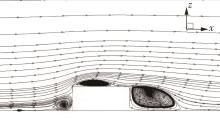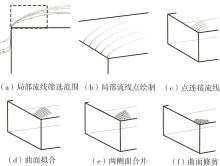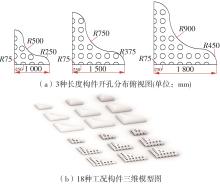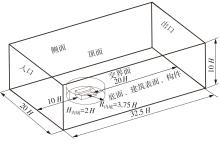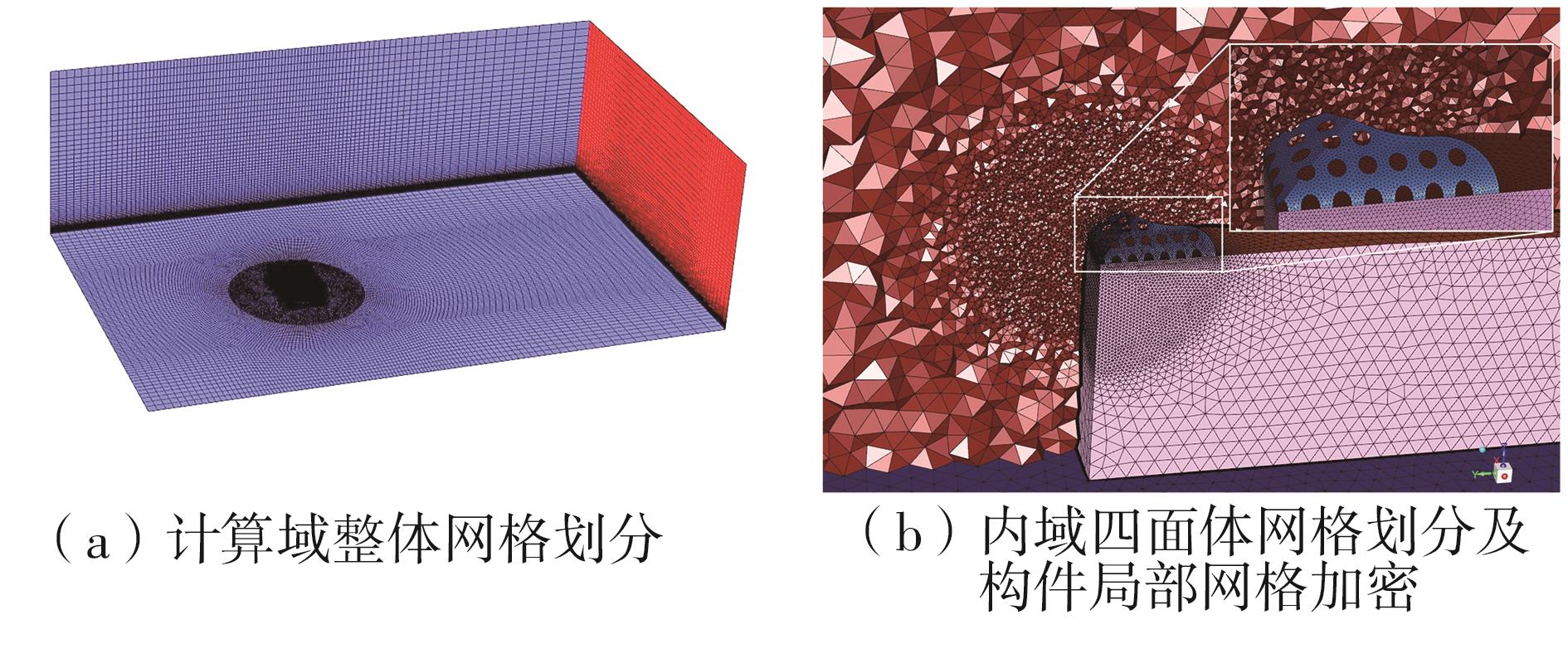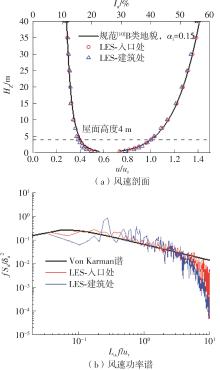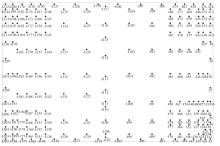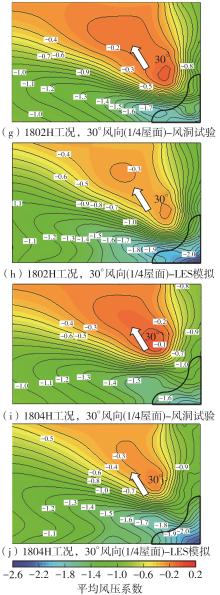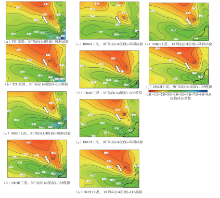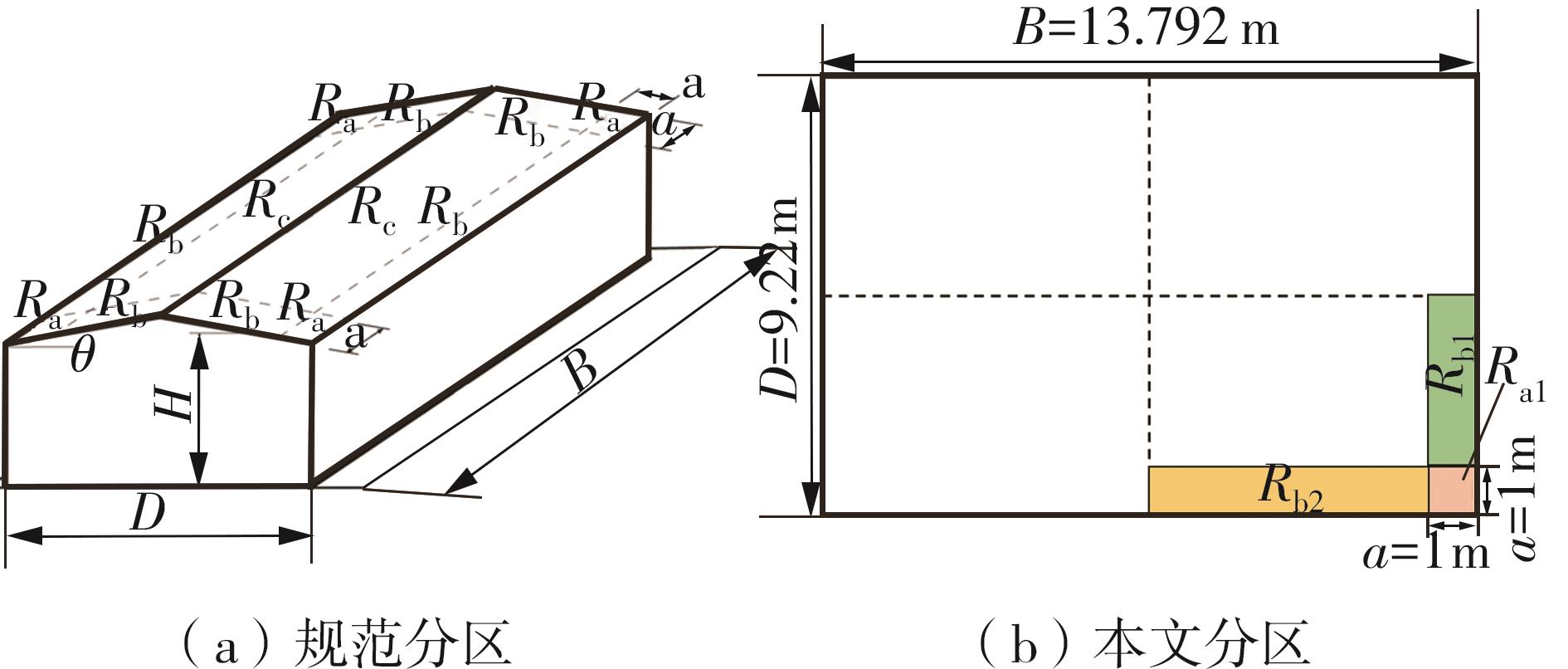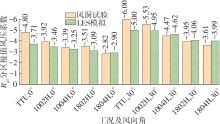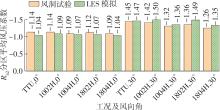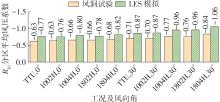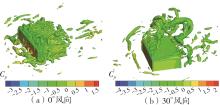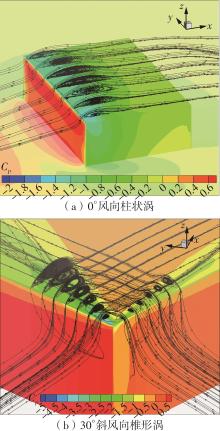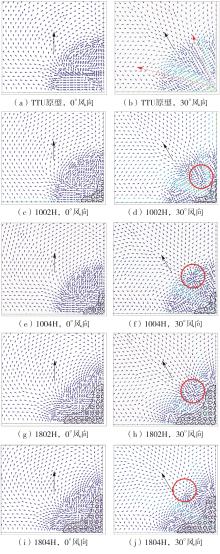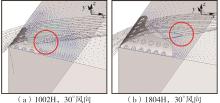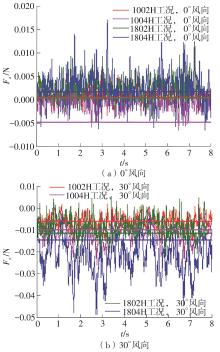| 1 |
YANG Q, YIN J, LIU M, et al .Post-disaster investigations of damage feature of buildings and structures due to several local strong winds in China during 2021-2024[J].Advances in Wind Engineering,2024(1):100011.
|
| 2 |
杨易,谢壮宁,石碧青 .屋顶构造形式对传统民居风荷载特性的影响[J].建筑结构学报,2017,38(2):143-150.
|
|
YANG Yi, XIE Zhuangning, SHI Biqing .Influence of roof members on wind load characteristics of traditional low-rise residence buildings[J].Journal of Building Structures,2017,38(2):143-150.
|
| 3 |
董欣,叶继红,丁洁民 .低矮建筑表面破坏性旋涡及其诱导的风压特性研究综述[J].建筑结构学报,2018,39(1):1-10.
|
|
DONG Xin, YE Jihong, DING Jiemin .Review of destructive vortices and vortex-induced wind pressures on low-rise buildings[J].Journal of Building Structures,2018,39(1):1-10.
|
| 4 |
PRATT R N, KOPP G A .Velocity field measurements above the roof of a low-rise building during peak suctions[J].Journal of Wind Engineering and Industrial Aerodynamics,2014,133(1): 234-241.
|
| 5 |
WU F, SARKAR P P, MEHTA K C .Full-scale study of conical vortices and roof corner pressures[J].Wind and Structures,2001,4(2):131-146.
|
| 6 |
黄强 .低层建筑表面风荷载数值模拟研究[D].上海:同济大学,2007.
|
| 7 |
HUANG P, PENG X, GU M .Wind tunnel study on effects of various parapets on wind load of a flat-roofed low-rise building[J].Advances in Structural Engineering. 2017,20(12):1907-1919.
|
| 8 |
甘石 .扰流板抗风装置性能分析及其在低矮建筑上的应用研究[D].大连:大连理工大学,2020.
|
| 9 |
胡晓兵,杨易 .高层建筑标准模型脉动风压特性大涡模拟适用方法研究[J].建筑结构学报,2022,43(10):95-103.
|
|
HU Xiaobing, YANG Yi .Study on suitable method to simulate fluctuating wind pressure characteristics of standard high-rise building model based on LES[J].Journal of Building Structures,2022,43(10):95-103.
|
| 10 |
建筑结构荷载规范: [S].
|
| 11 |
MENTER F R .Two-equation eddy-viscosity turbulence models for engineering applications[J].AIAA Journal,1994,32(8):1598-1599.
|
| 12 |
YANG Y, XIE Z, GU M .Consistent inflow boundary conditions for modelling the neutral equilibrium atmospheric boundary layer for the SST k-ω model[J].Wind and Structures,2017,24(5):465-466.
|
| 13 |
LEVIAN M L, MEHTA K C, VANN W P .Field measurements of pressures on the Texas Tech Building[J].Journal of Wind Engineering and Industrial Aerodyna-mics,1991,38(1):227-234.
|
| 14 |
孙虎跃 .基于CFD和PIV技术的大跨屋盖表面流动结构研究[D].南京:东南大学,2017.
|
| 15 |
SUARIS W, IRWIN P. Effect of roof-edge parapets on mitigating extreme roof suctions[J].Journal of Wind Engineering and Industrial Aerodynamics,2010,98(1): 483-491.
|
| 16 |
AZZI Z, HABTE F, ELAWADY A,et al .Aerodynamic mitigation of wind uplift on low-rise building roof using large-scale testing[J].Frontiers in Built Environment,2020,5(1): 149-150.
|
| 17 |
RICHARDS P J, ROBINSON M .Wind loads on porous structures[J].Journal of Wind Engineering and Industrial Aerodynamics,1999,83(1/2/3):455-465.
|
| 18 |
Engineering science data unit:Item 72009—2007 [S].
|
| 19 |
YU Y, YANG Y, XIE Z .A new inflow turbulence generator for large eddy simulation evaluation of wind effects on a standard high-rise building[J].Building and Environment,2018,138:300-313.
|
| 20 |
ZHOU L, TSE K T, HU G .Aerodynamic correlation and flow pattern of high-rise building with side ratio of 3∶1 under twisted wind profile:a computational study[J].Journal of Wind Engineering and Industrial Aerodynamics,2022,228(2):105087-105088.
|
| 21 |
胡晓兵,杨易 .基于NSRFG方法的标准地貌风场大涡模拟研究[J].工程力学,2020,37(9):112-122.
|
|
HU Xiaobing, YANG Yi .Research on NSRFG-based LES simulation for standard[J].Engineering Mecha-nics,2020,37(9):112-122.
|
| 22 |
LEVITAN M L, MEHTA K C .Texas tech field experiments for wind loads part I:building and pressure measuring system[J].Journal of Wind Engineering and Industrial Aerodynamics,1992,44(3):1565-1576.
|
| 23 |
MEHTA K C, Levitan M L, Iverson R E,et al .Roof corner pressures measured in the field on a low building[J].Journal of Wind Engineering and Industrial Aerodynamics,1992,41(1/2/3): 181-192.
|
| 24 |
HAM H J, BIENKIEWICZ B .Wind tunnel simulation of TTU flow and building roof pressure[J].Journal of Wind Engineering and Industrial Aerodynamics,1998,77(98):119-133.
|
| 25 |
杨庆山,田玉基,陈波,等 .行业标准《屋盖结构风荷载标准》的主要内容[J].工程力学,2018,35(7):1-6.
|
|
YANG Qingshan, TIAN Yüji, CHEN Bo,et al .Main contents of the standard for wind loads on roof structures[J].Engineering Mechanics,2018,35(7):1-6.
|


